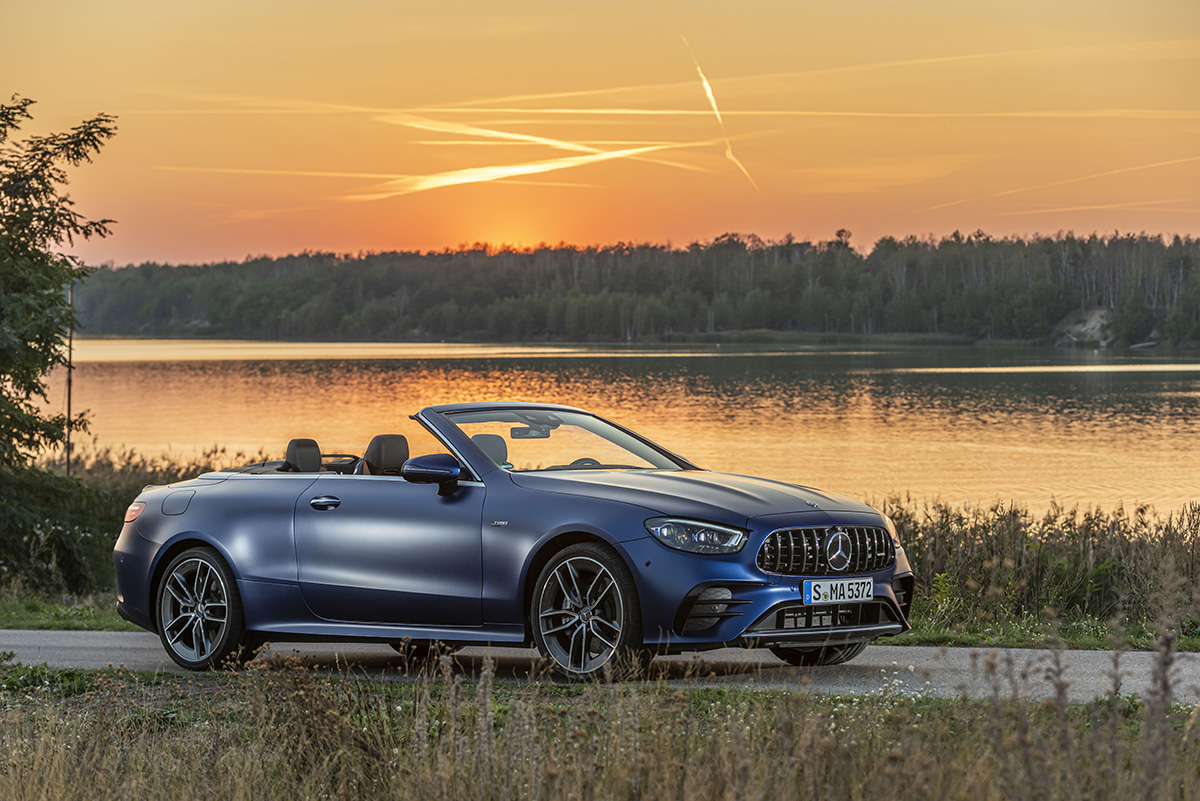
Mercedes E53 AMG, a highly enjoyable tourer
In the first part of our Great Drives series from the Spring/Summer 2023 issue, Darius Sanai travels from Santa Monica to Napa Valley in a Mercedes E53 AMG Cabriolet, ending his trip in Napa Valley with a glass of Harlan Estate The Mascot, 2016
There is a freeway that leads from downtown LA to the ocean at Santa Monica, but we chose to take Santa Monica Boulevard, which arrows straight to the ocean. On every corner, there seemed to be a liquor store or 7-Eleven to remind us of hold-up scenes in movies. Of course, we put the roof down – you have to in LA, particularly if you are a foreigner driving a valuable car – way to go in style. In fact, our understated mid-blue AMG, with its black interior, attracted only positive attention – a couple of thumbs ups, and encouragement to rev the engine from kids on a street corner. Even in the land of the Tesla, some things never change.
Follow LUX on Instagram: luxthemagazine
At the Pacific Ocean, we turned right. Keeping the ocean to our left, we cruised through Santa Monica, which, from the road seems just another collection of low-rise buildings and garish signs. The arc of the ocean and bay occasionally appeared on the left, culminating in mountains dropping into the sea in the distance. In time, the traffic lights became less frequent, the buildings less condensed, rocks and cacti popped up by the side of the road and the ocean lapped the left- hand carriageway. But this is not a place to put your foot down, as ubiquitous signs warn of police speed checks. Our neighbouring drivers, some in quite exotic and speedy-looking cars, travelled dutifully at the posted speed limit, too.
We didn’t mind, we were in it for the long haul. Soon, the mountains dropped directly into the sea, the road became tighter and we could feel the spray sweeping over our open roof between patches of cloud above. Signs for Santa Barbara, our first destination, started to appear. We took a spontaneous turn off at Montecito, to see if we could catch a glimpse of the world’s most famous non-reclusive, non-royal, reclusive royals.
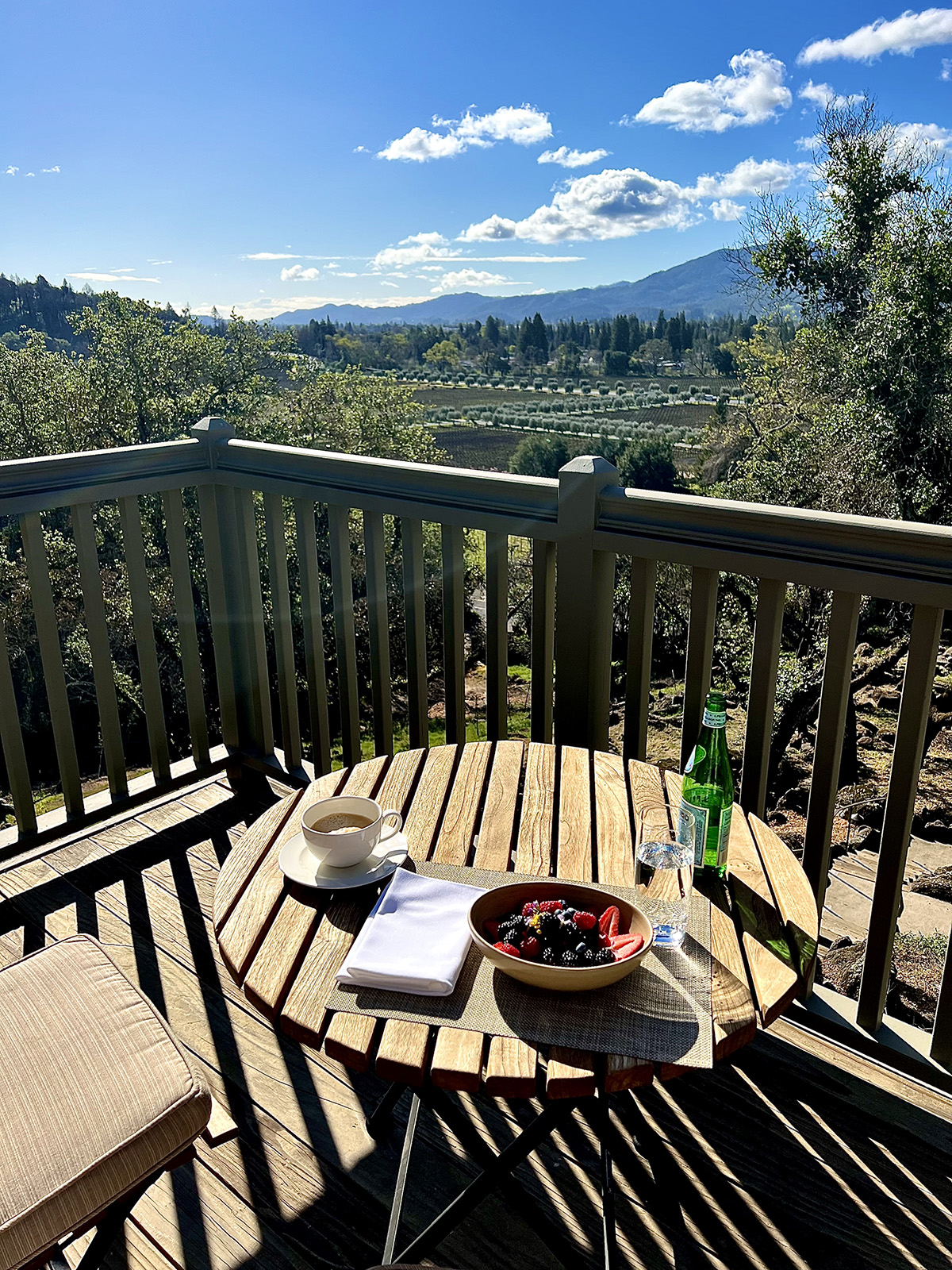
Breakfast on LUX’s private deck at Meadowood, Napa Valley
We didn’t see them, but we did find a picture-perfect clapboard high street, complete with immaculate children clutching Instagrammable ice creams, watched over benignly by immaculate parents. We stopped for a sundowner at the Rosewood Miramar Beach hotel in Montecito, whose lawns stretch out across a miniature railway line and drop down to a beach. Sailing yachts gently rocked up and down on the ocean beyond, the setting sun was weak in the haze, the air was cool and all it needed was Cary Grant to stroll over and sit next to us to complete the scene.
Santa Barbara was a fun trickle along the back roads from Montecito, which is built into a steep hillside. A couple of spontaneous turnings took us through canyons, hugging the inner edge of mountainsides, facing other mountainsides, which faced other mountainsides – a plunge into wilderness just minutes from manicured civilisation of the wealthiest kind.
The E53 AMG seemed made for this kind of journey. There are AMG models that are more powerful, more focused, more hardcore, but this isa four-seater luxury convertible that has been subtly enhanced by the manufacturer to engage on the sporting side, with plenty of thrust from its V6 hybrid engine. The relatively benign cruiser that had taken us up the coastal highway earlier that day turned into a racket with a foot flat on the floor, surging forward with a roaring buzz from the engine at front. Big tyres and four-wheel drive gave great stability around corners on the twisting roads. This is quite a big, heavy car, so we are not talking Ferrari handling, but it has plenty of security, plus the fun of roof-down motoring.
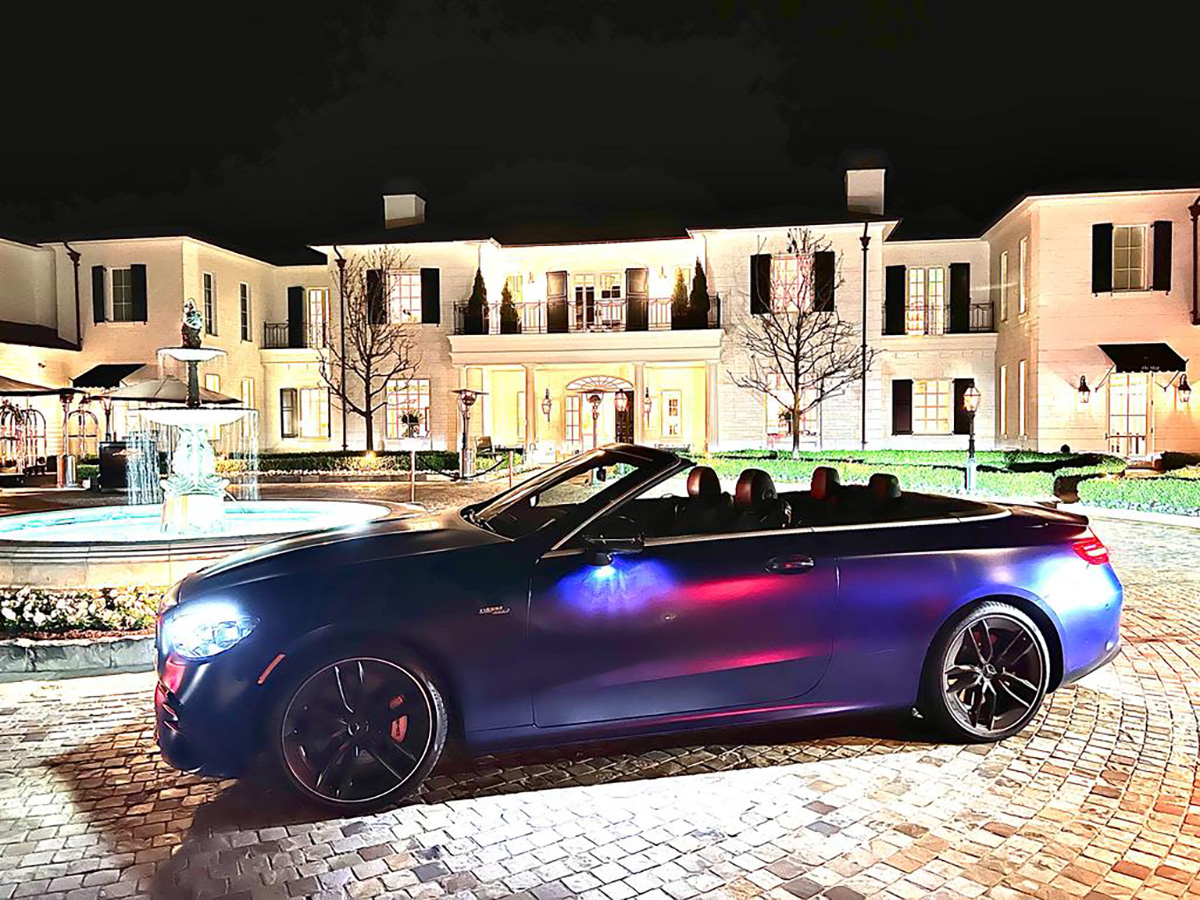
The Mercedes posing in front of the RosewoodMiramar Beach hotel in Montecito, California
It was pretty exciting. We imagined it would have been even more so for passengers in the back seat, where, unlike many sporting convertibles, there is plenty of room to stretch out. We arrived in Santa Barbara feeling we’d had something of an adventure workout, as you should on a good drive in a sports car.
This trip was about us finding our own personal nirvana: a long drive along the Pacific Coast Highway, or Highway One. As one of the world’s most legendary roads, the map showed it to follow the exact contours of the California coast between our location and San Francisco hundreds of miles north. Setting off again the next morning, we noted that a Sunday was probably not the ideal day to start the main part of such a drive because we were not alone. Camper vans, family vehicles, pick-up trucks and the odd vintage convertible were inching along the road in weather that more resembled northern Europe in winter than California in Spring.
Fortunately, both turned out to be ephemeral. What has seemed a dull day threatening rain cracked as the clouds fractured to show deep blue fissures above, and soon the overcast sky was revealed to be no more than seven blobs of low cloud clinging to the mountainside in the early morning, and soon dissipated. The air was so clear I was convinced we could see across the ocean to Japan. The traffic dissipated a little, too, enough for us to speed up and enjoy the ride.

The Mercedes E53 AMG on a windswept Venice Beach, California;
The scenery before us altered between rocky curves, enormous bays, tiny inlets and forests pouring down mountainsides in the sea. We stopped just off the road at a beachside food shack-expecting preprepared food, instant coffee and canned drinks at best and asked for a white coffee. “Full fat, semi-skimmed, oat or soy?” was the response, and there was a choice between Ecuadorian, Guatemalan and Indonesian roasts. Next to a plate of homemade brownies were three bowls of multicoloured Middle Eastern-style salads, rich with beans, Mediterranean vegetables and za’atar. no ordinary roadside shack.
As we headed north along the coast, every few miles there was a sign to the right, pointing along a road heading inland up some deep valley, towards mountains that looked as uninhabited as the moon. Occasionally, there were signs for wineries to visit along the roads, over the mountains and quite far away. Tempting though the idea was, we resisted, partly because we were driving, partly because a signpost in the US west to a given location does not mean you are anywhere near that particular location, and partly because our end destination was the ne plus ultra of California wines, Napa Valley.
There was a lot of wiggling coastline between here and there, though, and we stayed overnight at a hotel set back in the hills with a distant view of the sea, offering some of the local wines (from San Luis Obispo) in its list, along with a vegan club sandwich. One glass of refreshing Chardonnay was enough that evening.
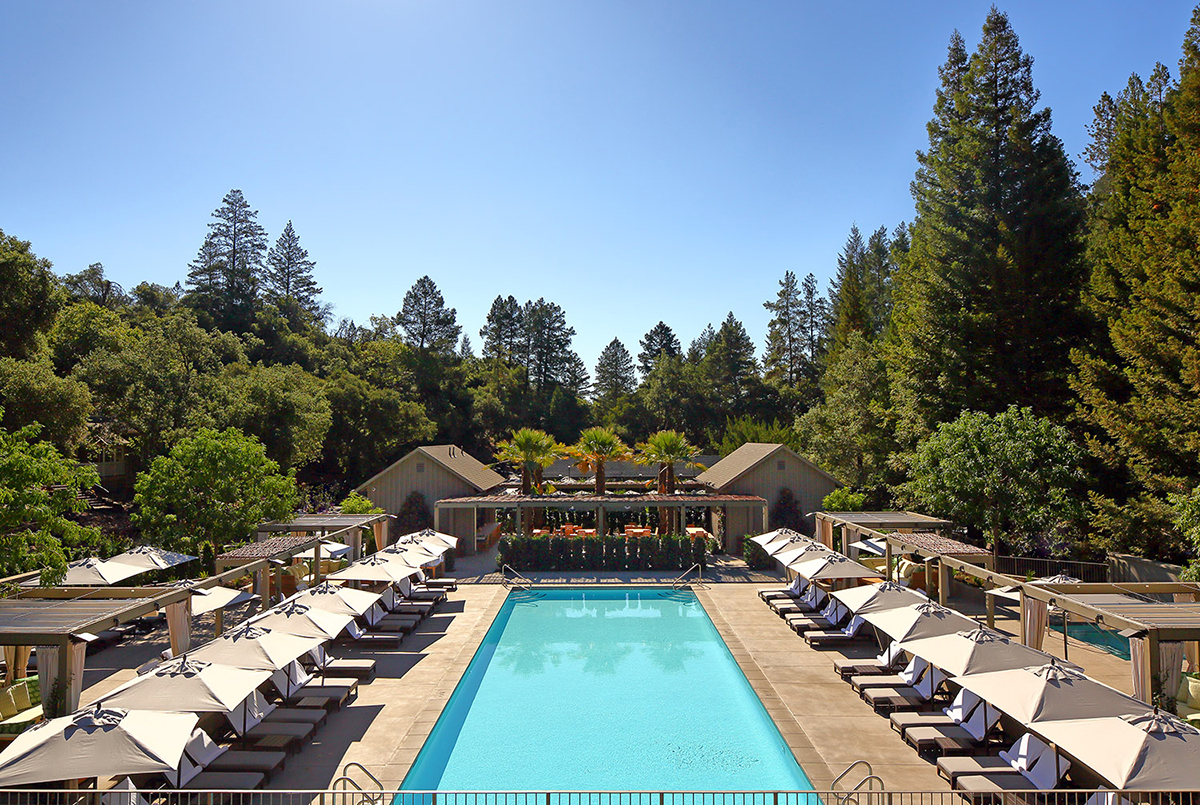
Meadowood Resort’s adults-only Cabana Pool, Napa Valley, Calfornia
The sign of a truly great touring car is one you actively look forward to getting into and driving each morning. Some cars are comfortable but dull, where you feel, as a driver, that you would just as happily be a passenger. Other cars are exciting but tiring, making you weary of the idea of another day at the wheel. The AMG was neither: each morning it welcomed us with its promise of comfort, power and responsiveness. A more powerful and muscular car would have become frustrating in the traffic, and it had enough feedback and driver involvement to keep us looking forward to the next set of curves.
Setting out again along the (now emptier) northbound route on the Monday morning, I reflected further on the car’s virtues. The interior is both functional and lavish. We liked the sweep of the dashboard, the classic-style round vents in the middle, the big wide digital instrument display. The only misgiving I had developed was over the sound of the engine. Cars these days are downsizing their engines, accompanying them with electric motors in the move towards electrification. The AMG’s engine, so created out of a combination of petrol and electric motors, was certainly powerful and responsive enough, but, though the engineers had clearly tried, it did not have the mellow, throaty voice you would expect of a big droptop car with sporting ambitions. That is not unique to AMG, though, and it is a characteristic that engine lovers will need to get used to until, in a decade or two, they are phased out completely,
After what seemed a million mountainsides curving into the sea, it was a relief to stop for coffee at the cute little seaside town of Carmel, and wander through its art stores and boutiques, and again a little later in the bigger town of Monterey, where we visited the oceanfront Monterey Bay Aquarium, having a play with manta rays in the process. This is no normal small-town aquarium: its Executive Director is Julie Packard of the Packard tech family, and, in its mission to inspire ocean conservation, it leads research into marine welfare, advocates to end plastic pollution and campaigns for, and monitors, sustainable seafood production.
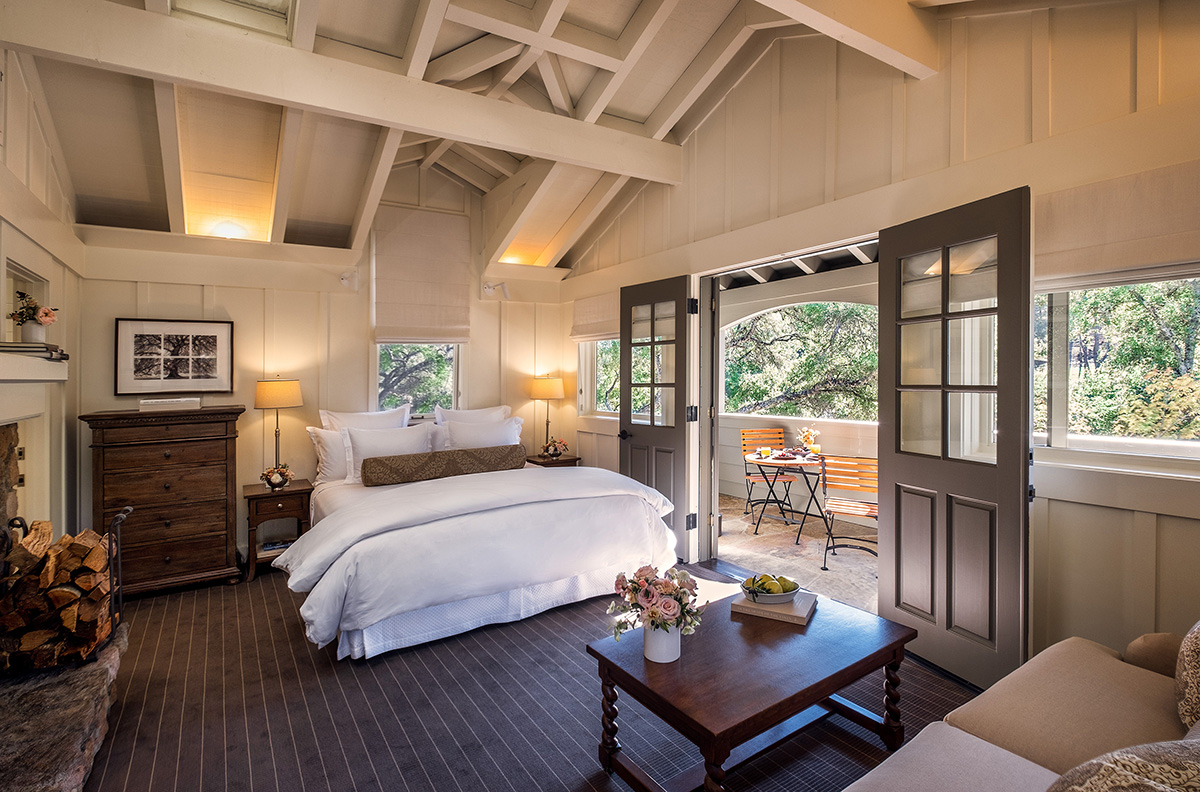
Meadowood’s refined yet rustic Cottage Room with private porch, Napa Valley, California
A couple of hours later, we were navigating San Francisco’s cityscape, before hitting the roof-down button again as we approached the Golden Gate Bridge. Doing so in a droptop Mercedes with a little 1960s music playing was perfect. By that stage, we were seriously appreciating the car’s seats, which felt as if they had been created by many thousands of German engineering hours. We felt neither stiff nor uncomfortable, despite the long days on this great drive.
Napa Valley starts rather abruptly: one moment you are in an urban road system in the unprepossessing town of Napa, having left San Francisco Bay just behind you; the next, you are driving up a steep country road, hillsides either side, vineyards all around, with signs pointing to estates familiar to anybody with a passion for a fine wine. We carried on along the main highway, and, although this is no place for speed-testing, we were grateful for the rapid- fire acceleration of the car when overtaking a couple of pieces of rolling vineyard equipment in the face of oncoming traffic. Crossing the valley and the riverbed, we came to the gates of what looks like a grand residence on the hillside, surrounded by forest rather than vines.
Meadowood Resort was acquired and expanded by Napa Valley’s first family, the Harlans of Harlan Estate, as the area’s first luxury resort in 1979. Our accommodation was a wooden lodge with a large veranda up on the hillside, a big bedroom decked out in luxury country style and a little sitting room with a bottle of The Mascot, the latest wine creation from the Harlan family, as a welcome gift on the coffee table. We sat on our private veranda with a view across through the trees and out to the vineyards of Napa and enjoyed the balanced power of the wine – a vivid, rich, layered Cabernet Sauvignon.
Read more: A Tasting Of Organic Boutique California Wines From Diamond Creek
It was a short walk to the tennis courts and an almost Olympic-sized outdoor pool, where we swam despite the chilly weather that had descended. The cuisine by the pool is Napa Valley country perfection: grilled tuna, parsley, beans, a little tomato coulis, rucola. A bit further along the resort’s forest, the spa looked out over the trees and offered very natural, wholesome treatments in absolute silence, marked only by occasional birdsong. It was altogether a fitting conclusion to one of the world’s great drives.
Find out more:

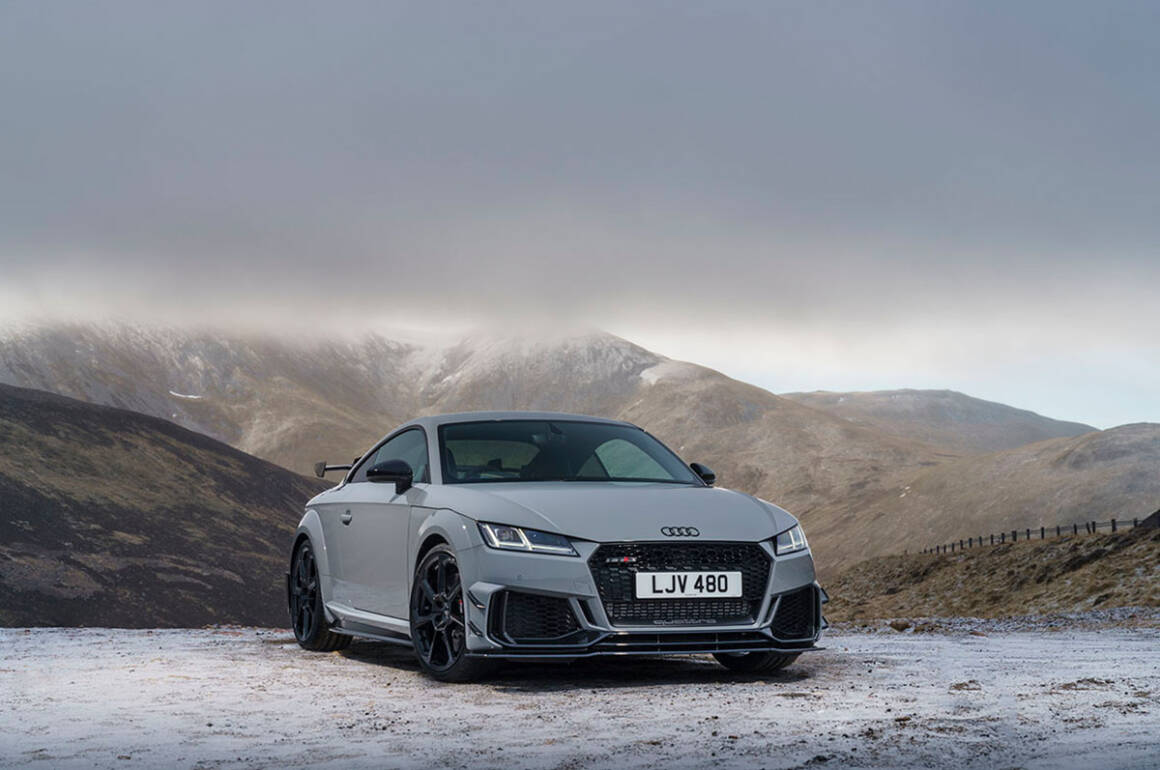

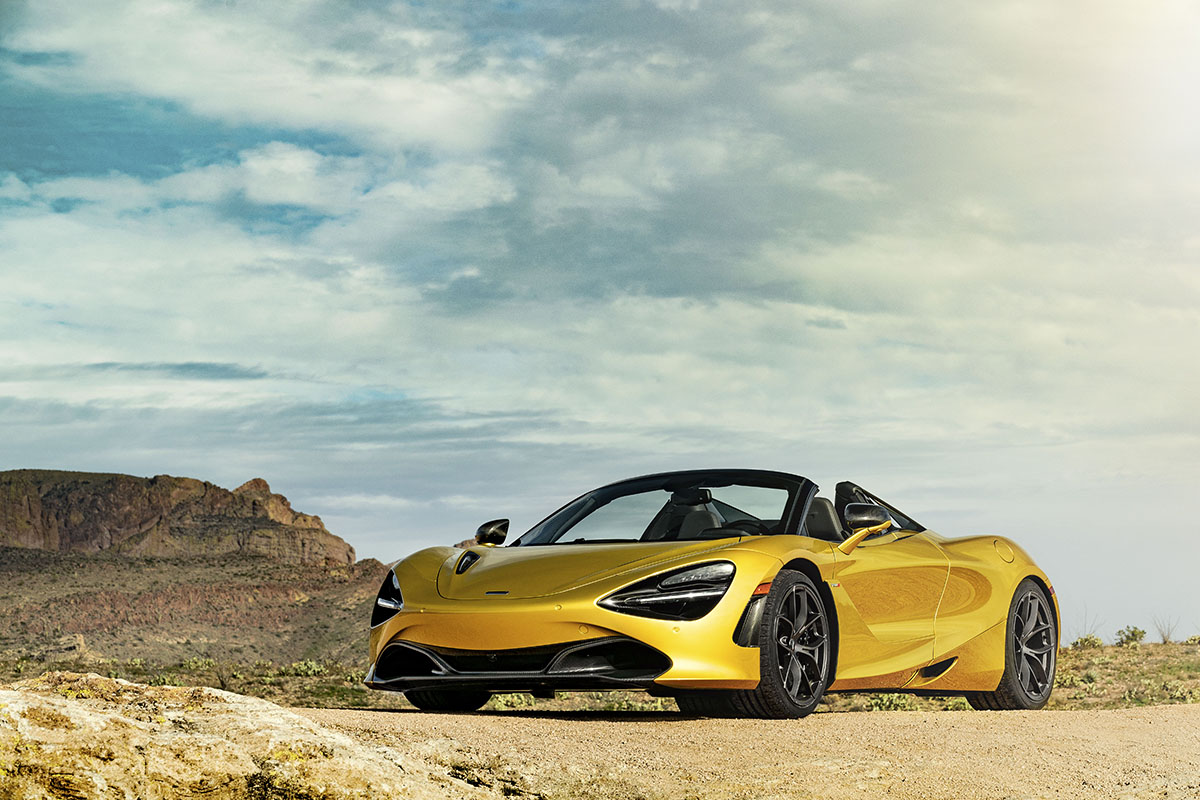
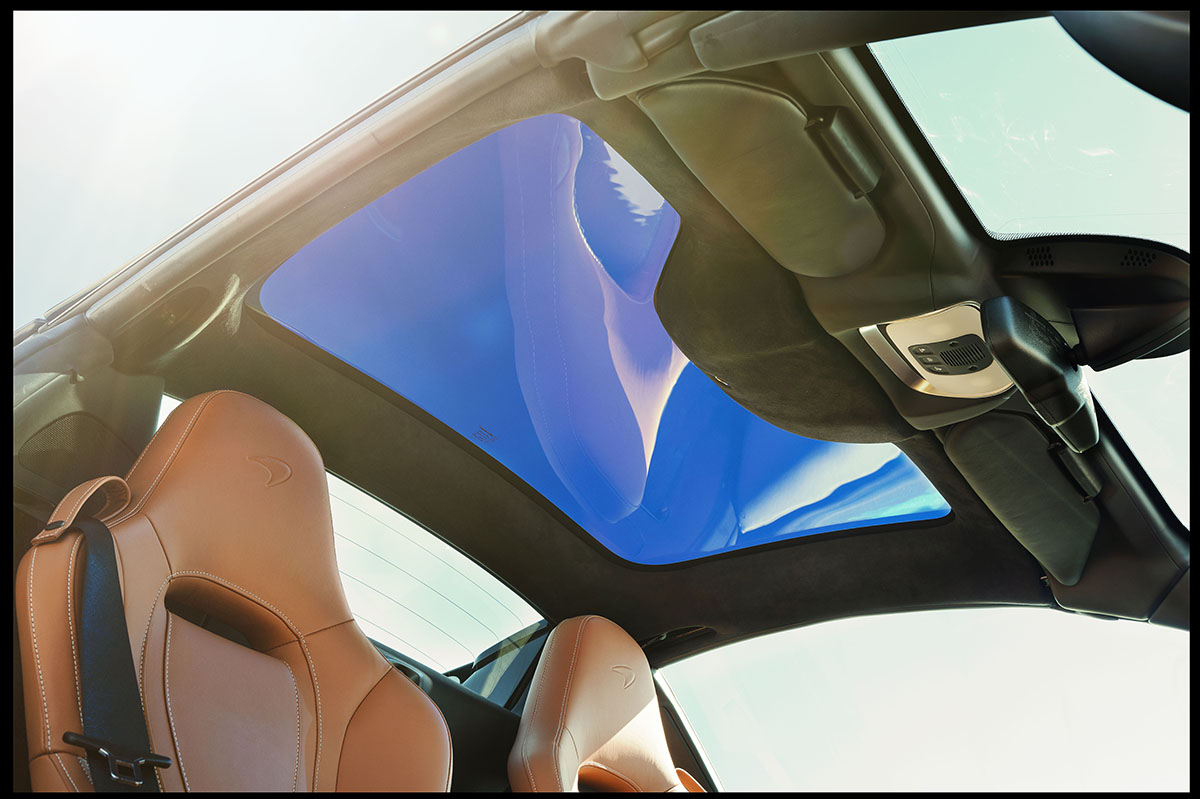
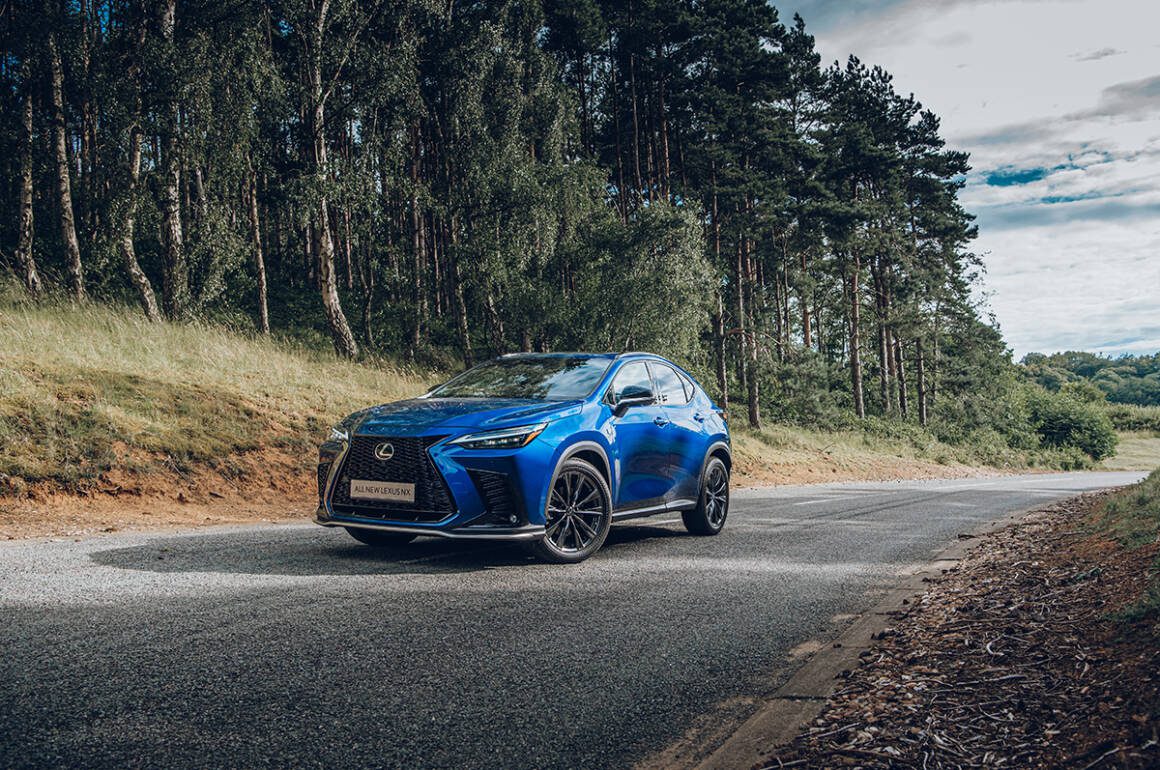
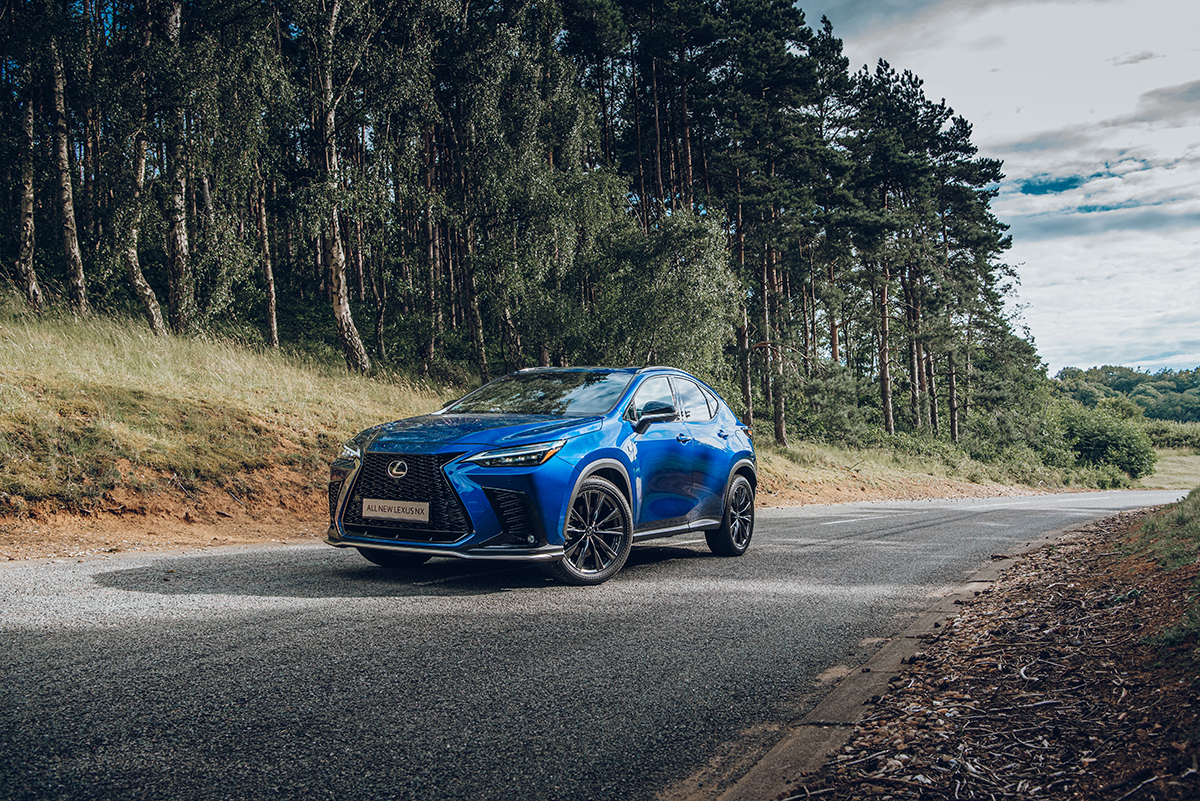

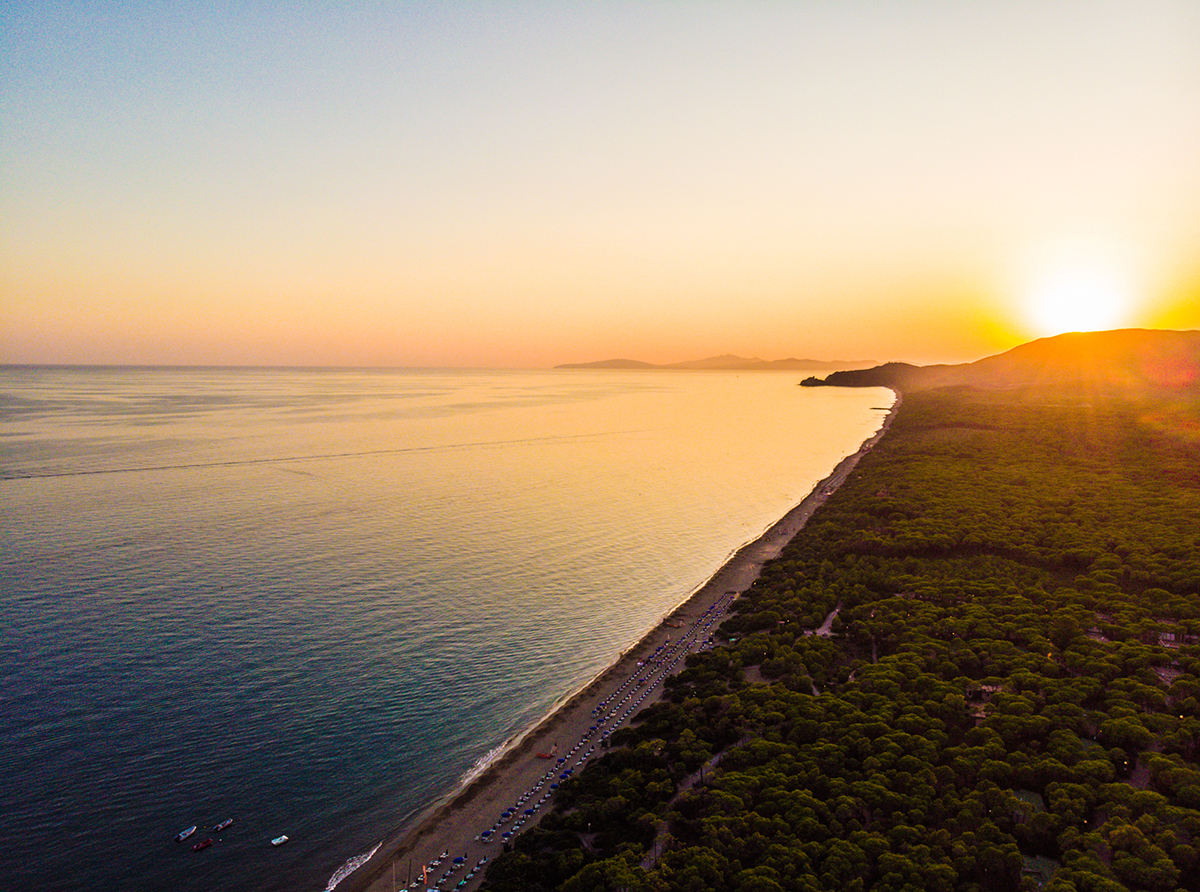
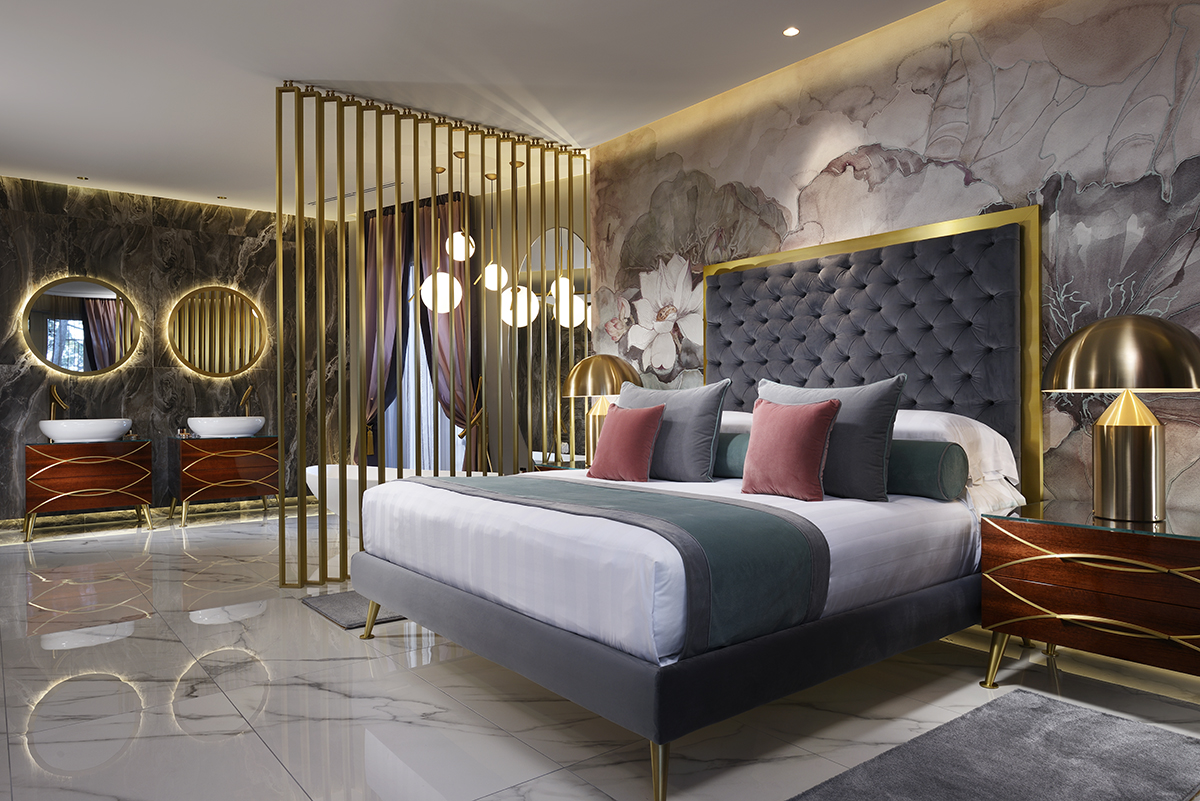
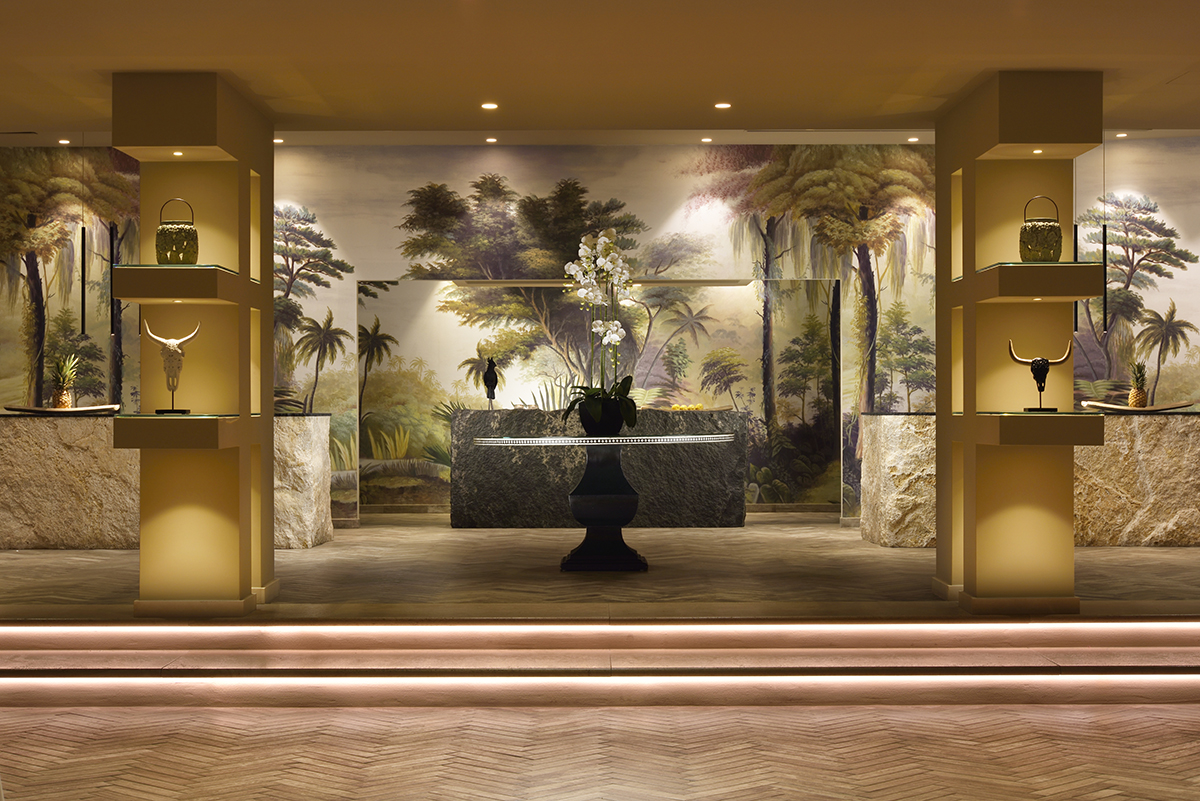

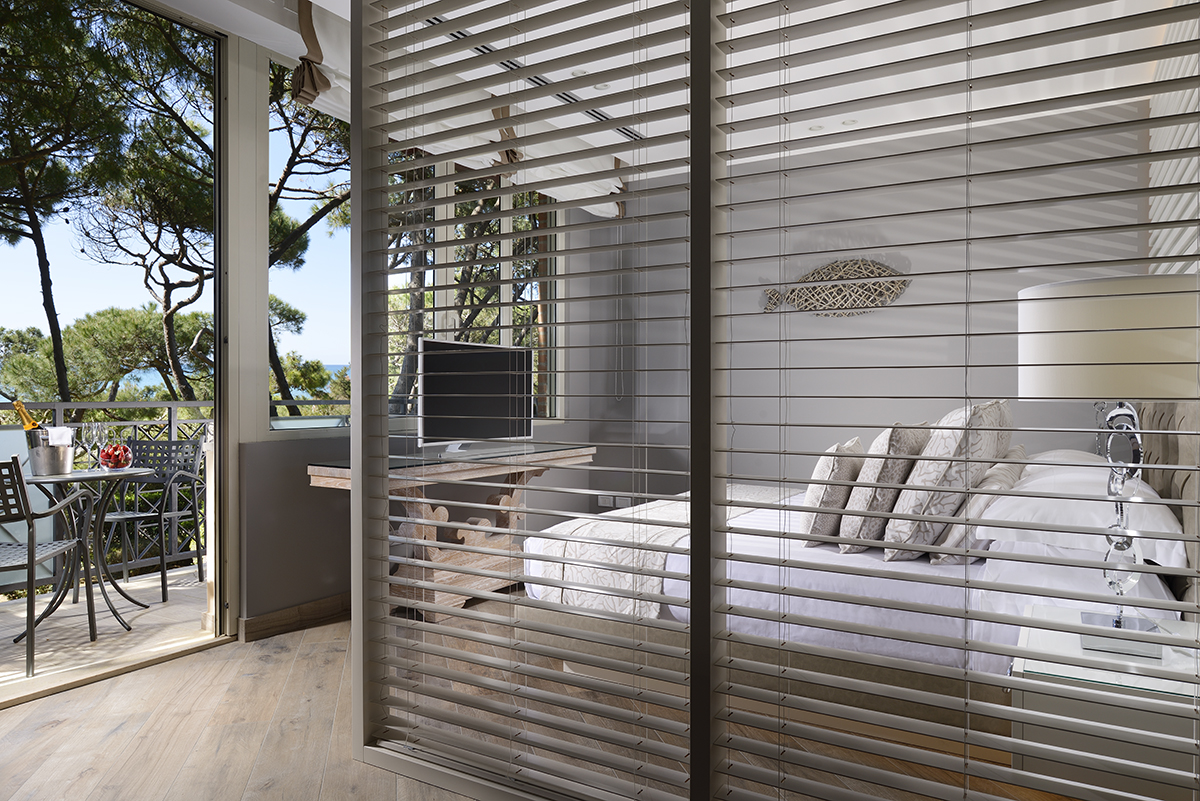
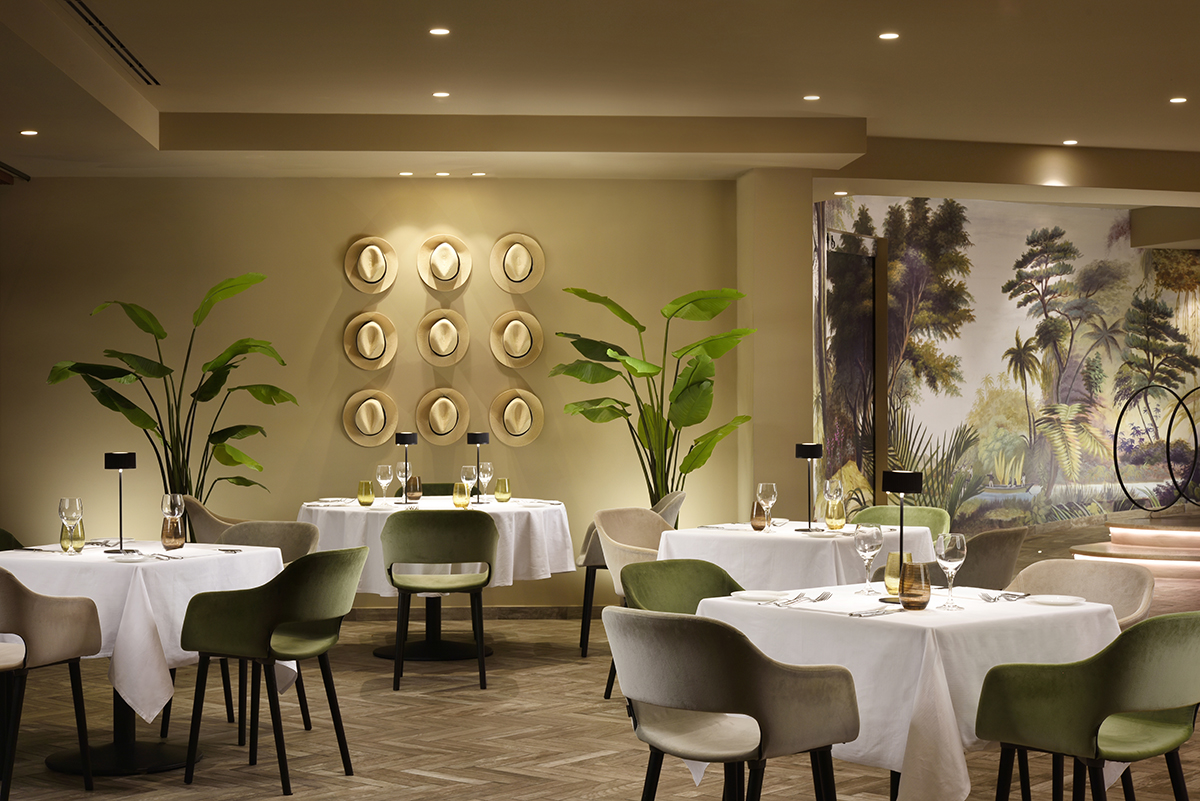
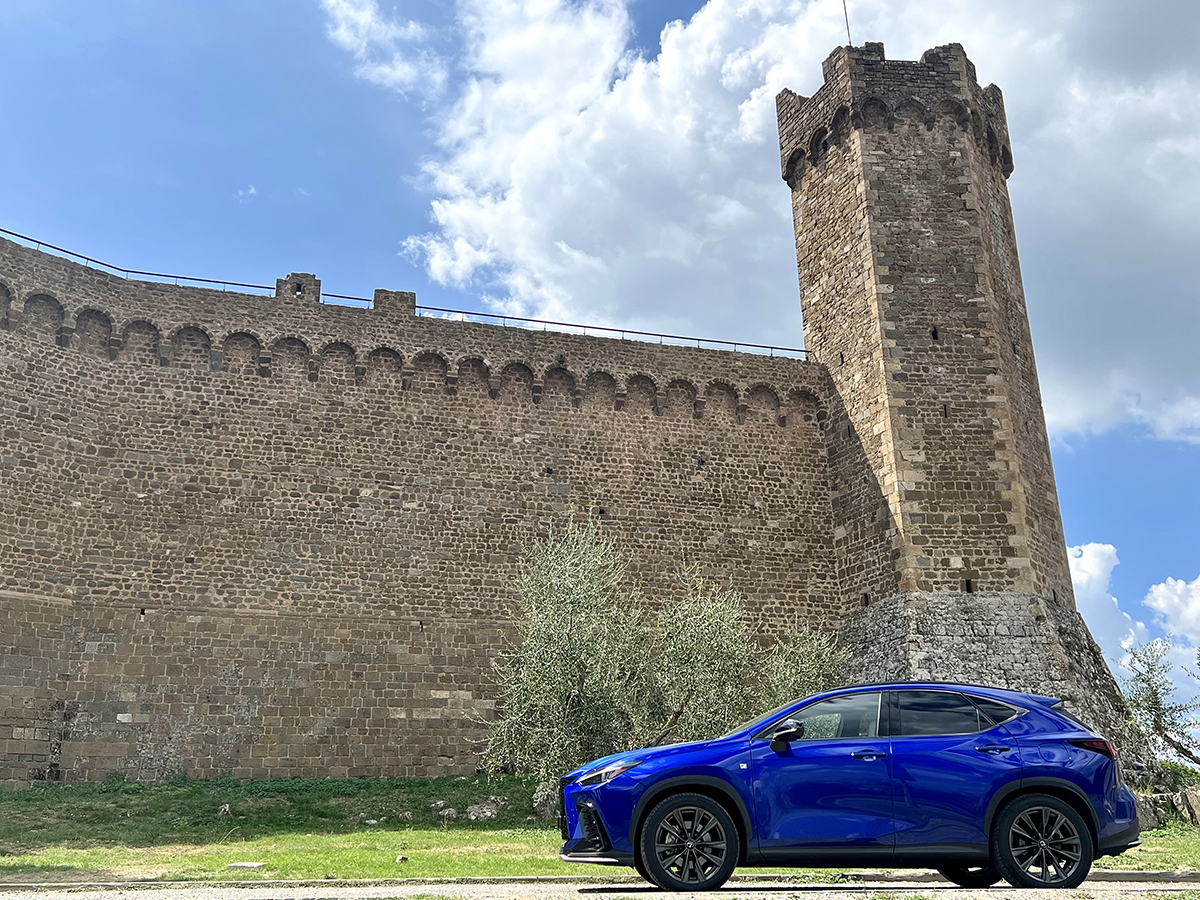







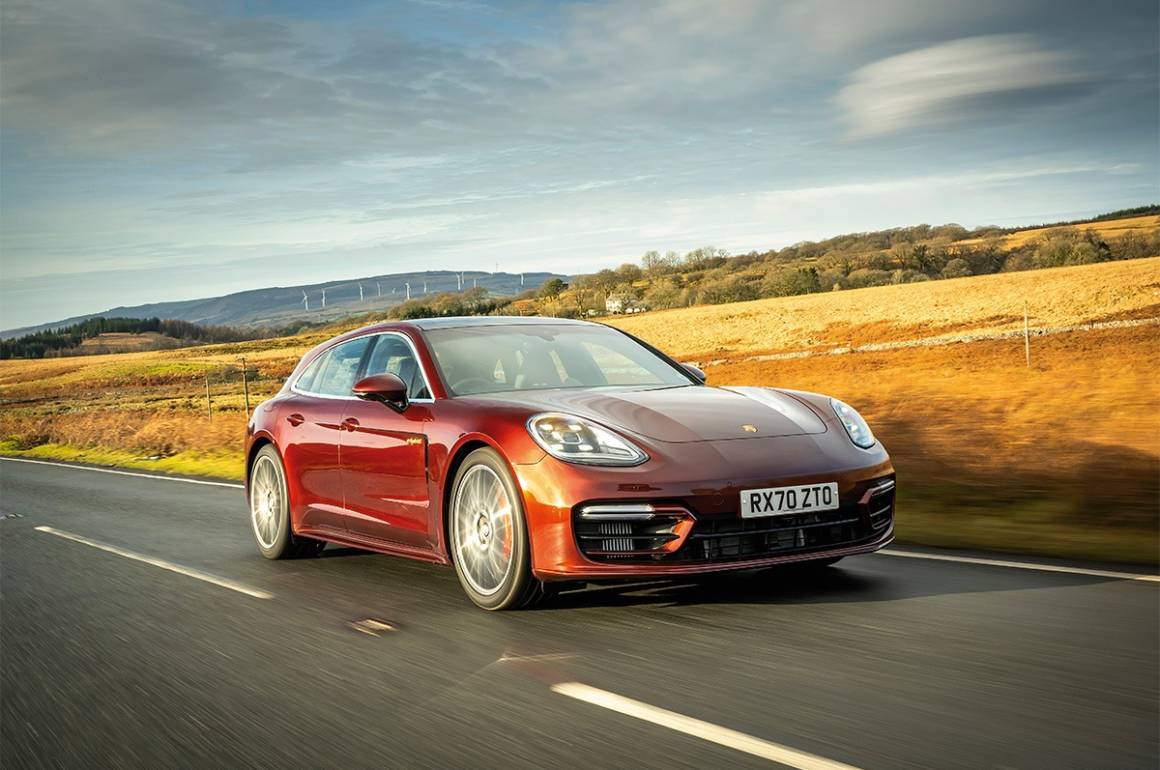
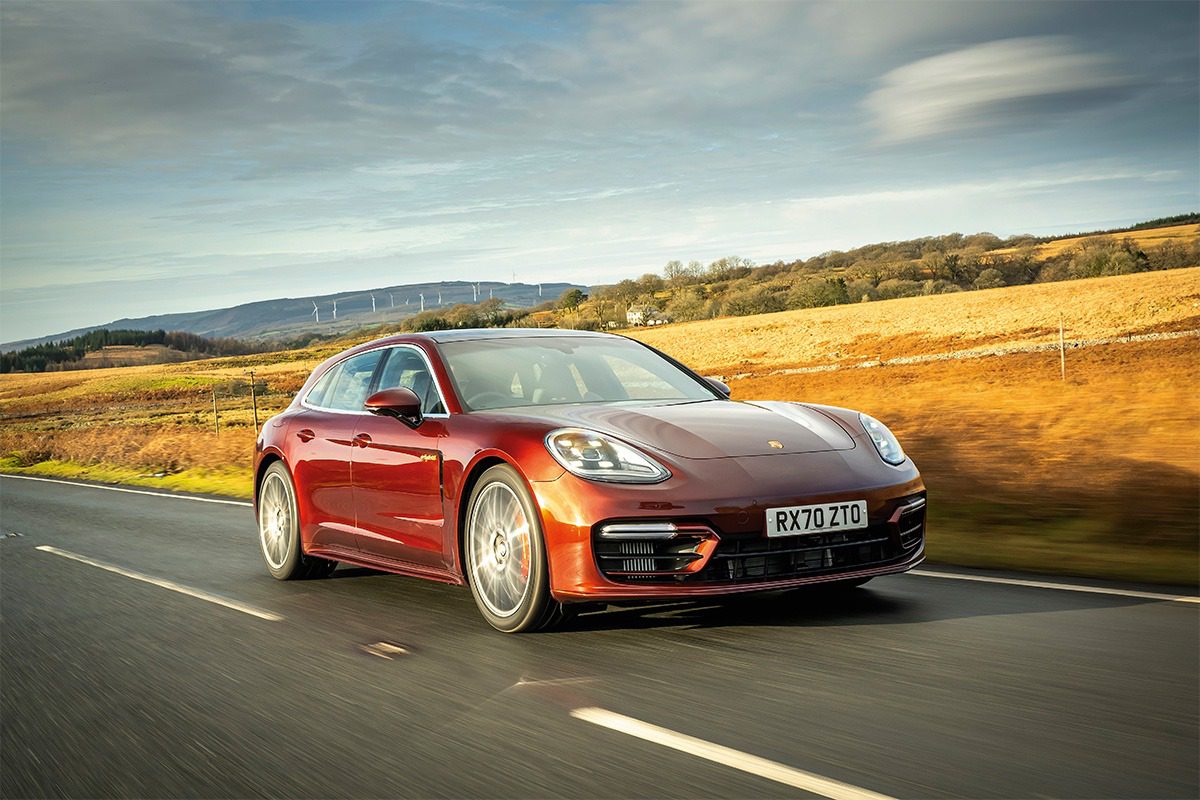
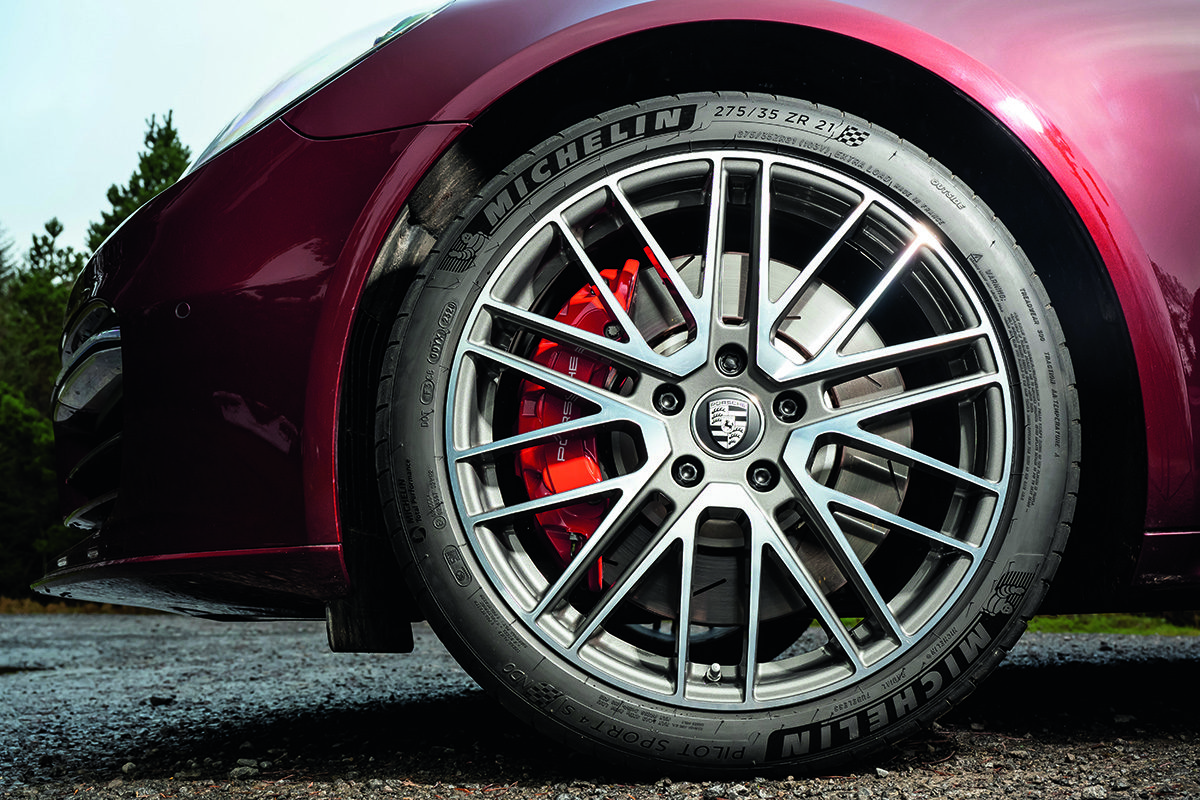

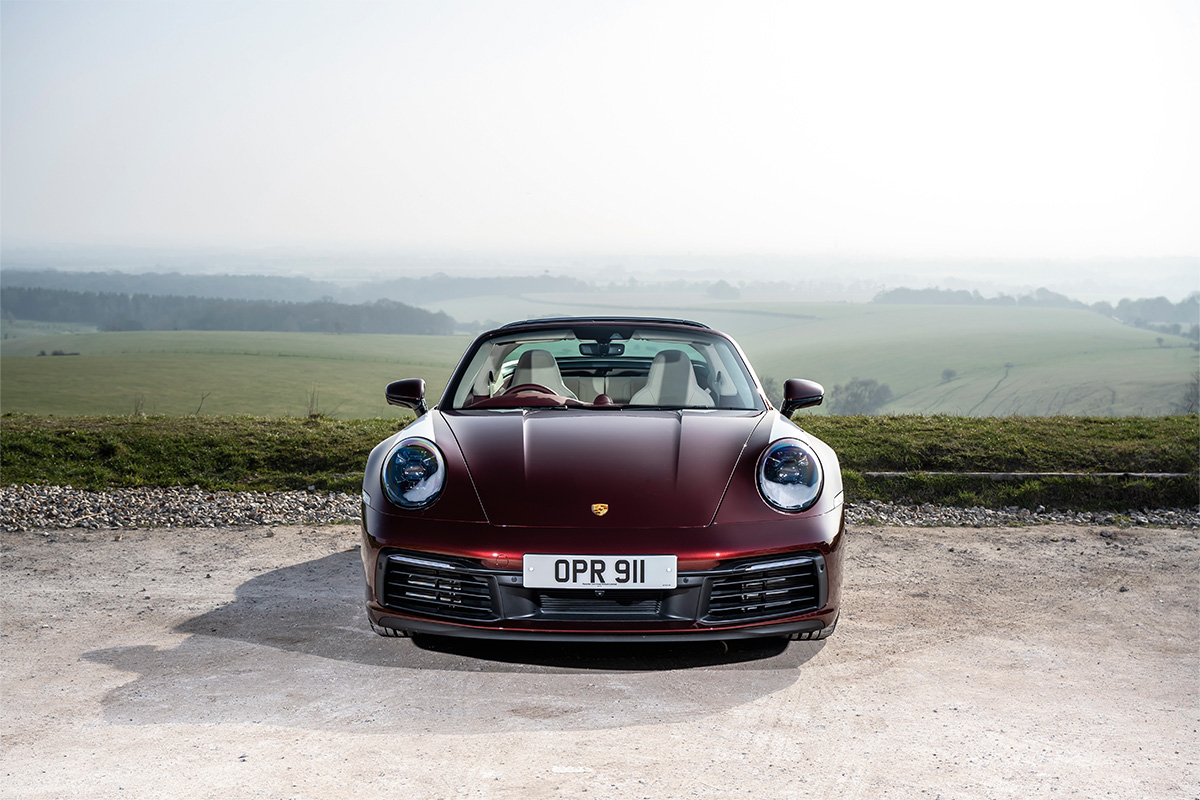
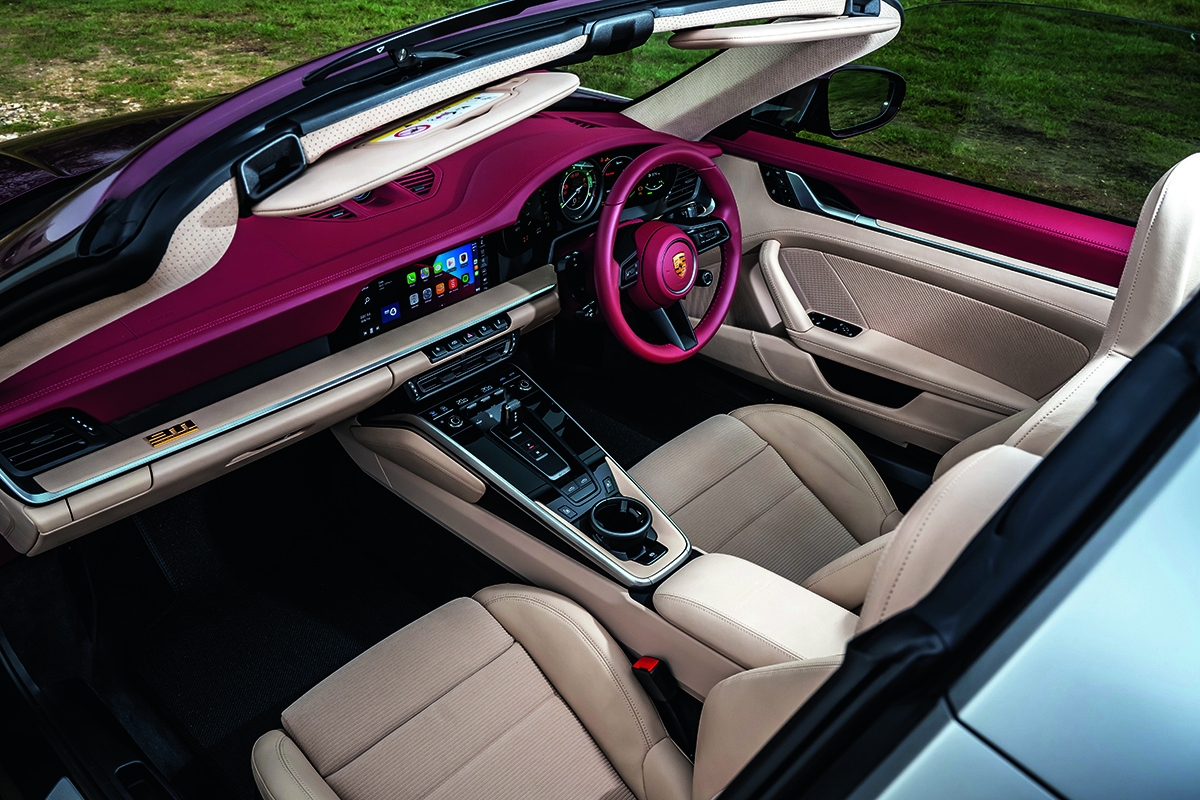
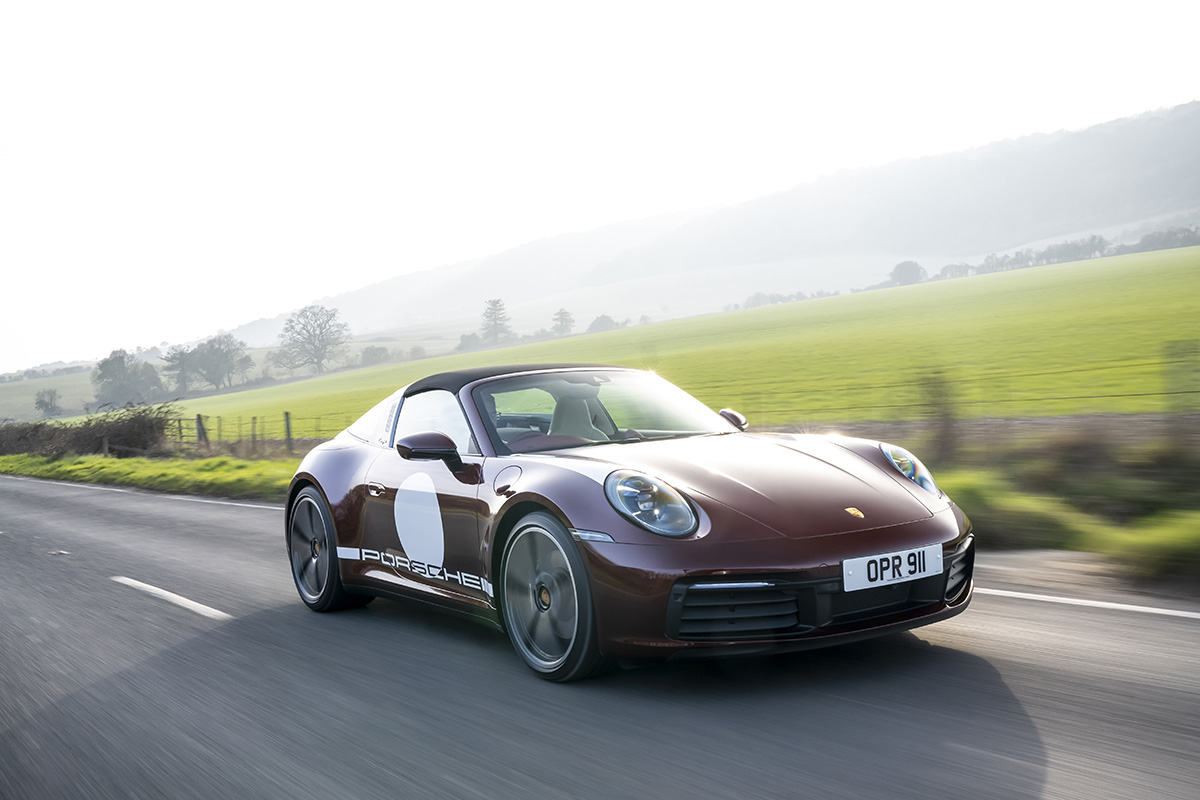
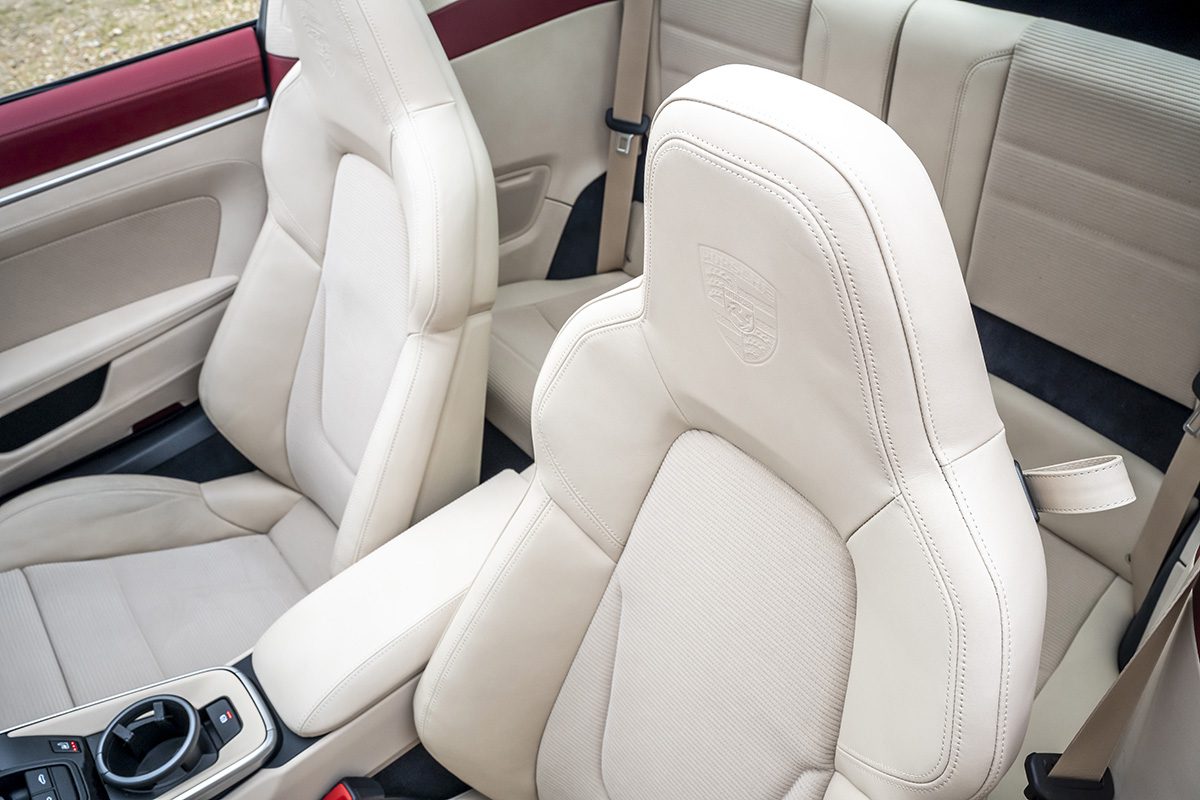



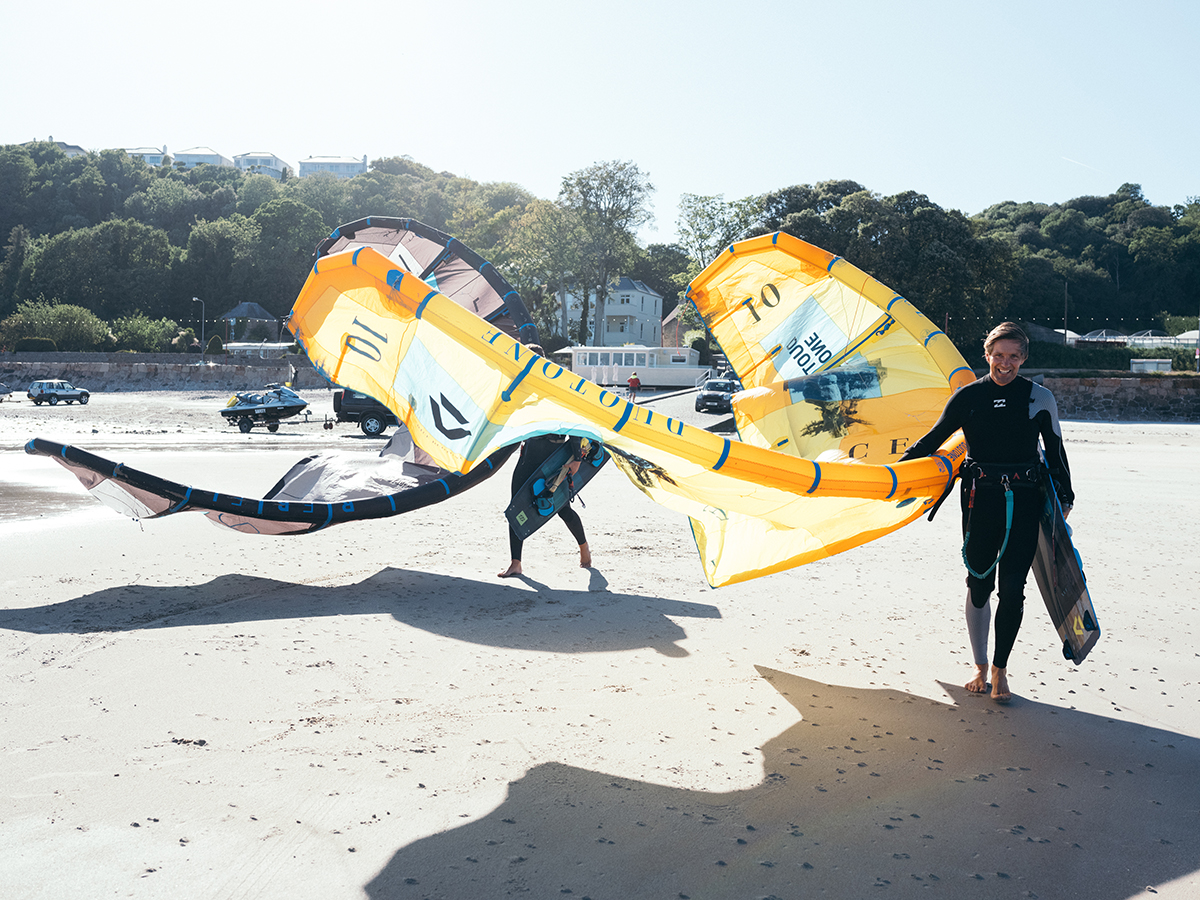
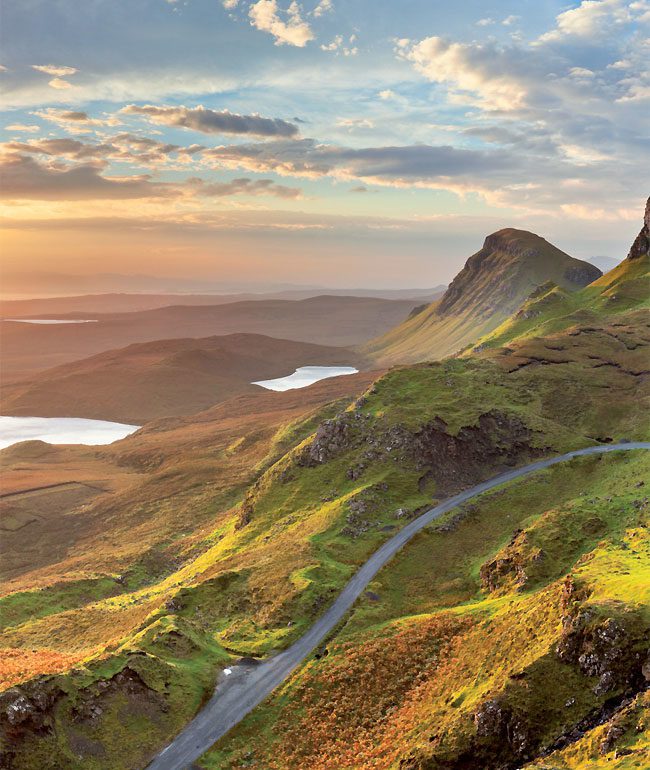

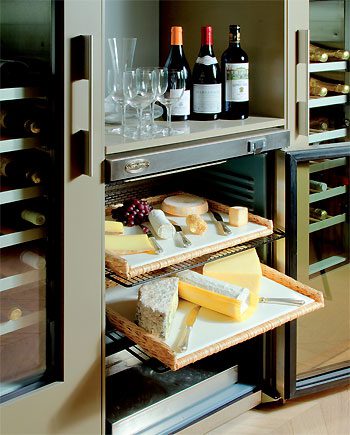
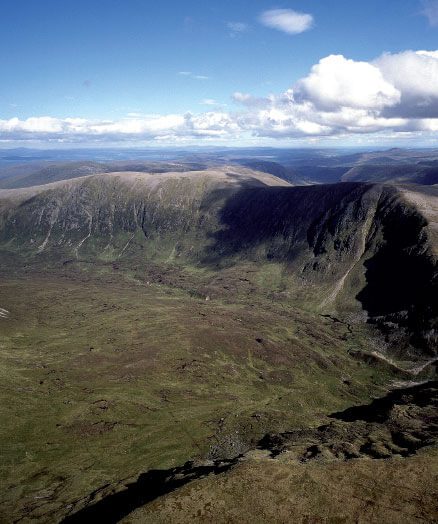
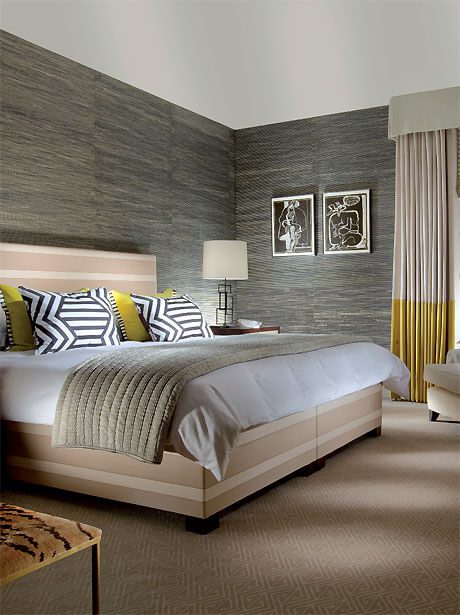







Recent Comments